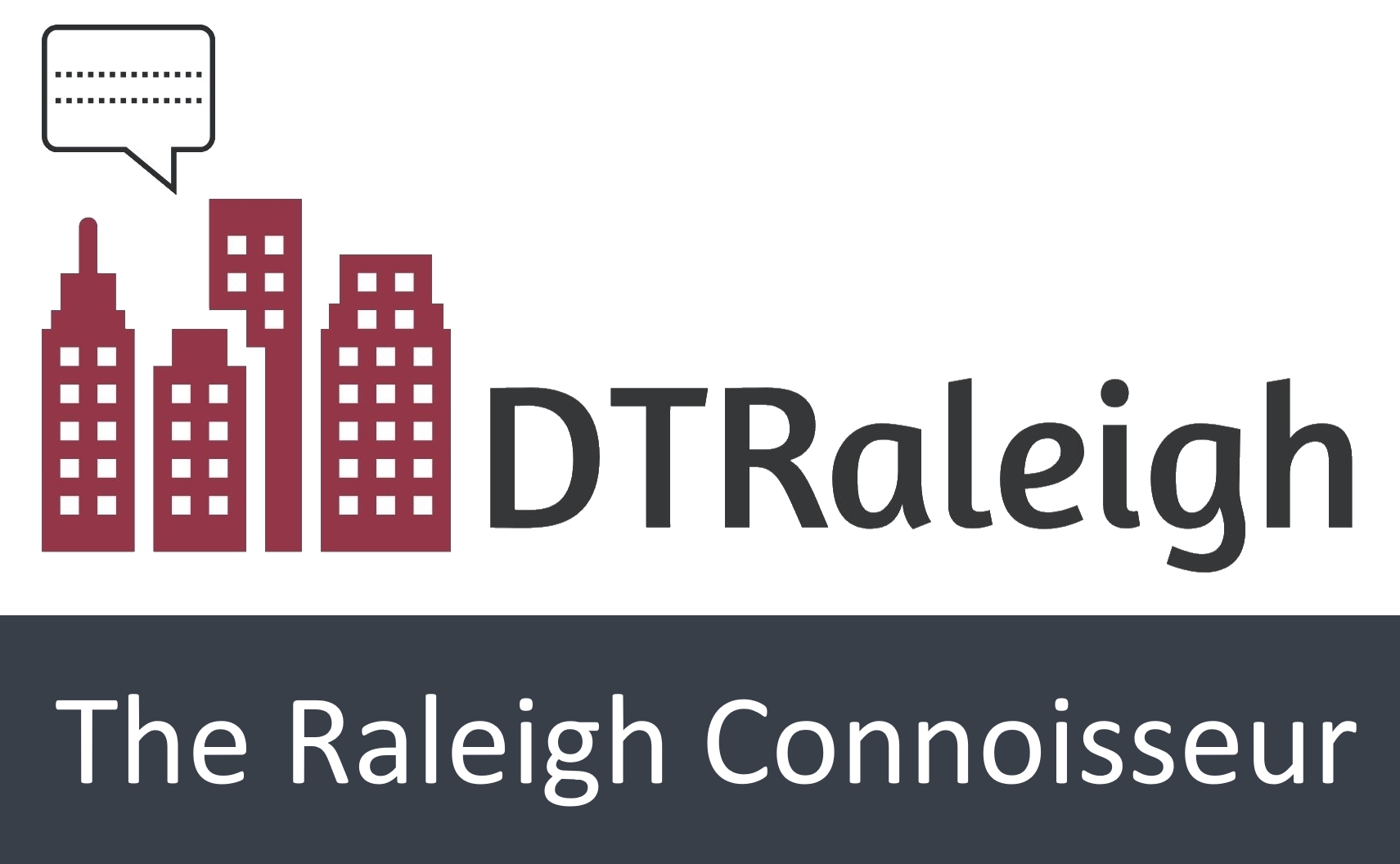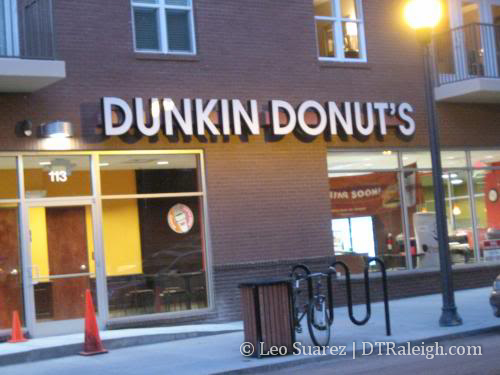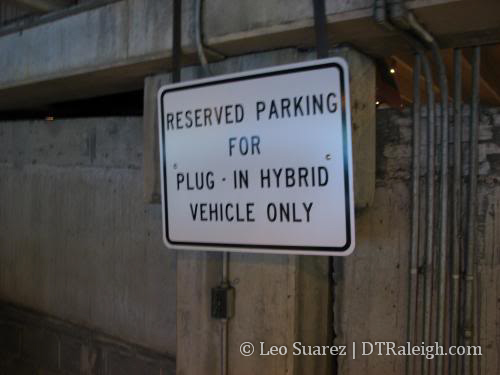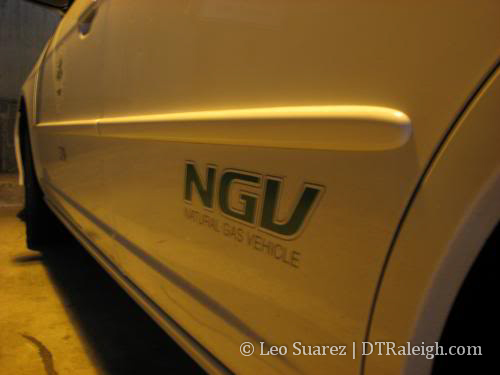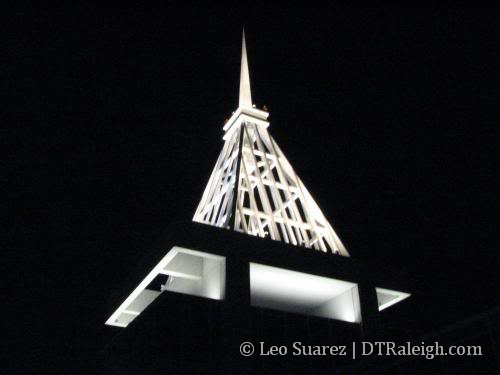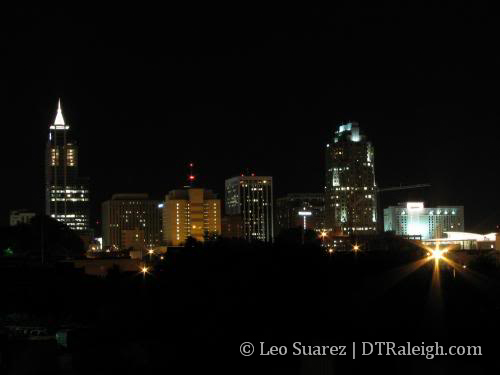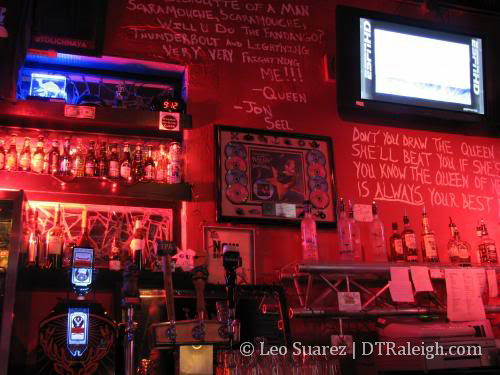RALEIGH —The walkways crisscrossing the State Capitol grounds in downtown Raleigh are soon slated to get a facelift, but first the N.C. Office of State Archaeology will search to find out more about the original 1920s-era paths.
On Wednesday, Aug. 6, and Thursday, Aug. 7, Assistant State Archaeologist John Mintz and his crew will begin to dig three or four trenches on the Capitol grounds. The project’s goal is to determine what sections of the Union Square walkway still have original pavement beneath them.
In 1926, the state hired the Olmsted Brothers’ landscape design firm (the sons of famed landscape architect Frederick Law Olmsted who designed New York’s Central Park and Chicago’s Lincoln and Grant Parks) to turn what was then an unkempt square into a park-like setting. This design featured pebbled concrete footpaths, geometric grass plots and space for future monuments. In the decades since, sections of the walkways were replaced as needed.
Since few documents on the original paths still exist, the archaeologist hopes to determine if any original sidewalks exist beneath the surface and if so, how they were built. To do this, archaeologists will examine and compare preparation techniques; for example, they will try to determine whether workers positioned the concrete slabs on a base of gravel, sand or other material. If it is discovered that all of the concrete was laid over the same type of material, that will indicate that the paths were likely laid at the same time. However, if some of the concrete is found to be laid over gravel, while other sections were prepared with sand, this finding would show that the walkways were put in place at different times and are not the original walks.
This week’s archaeology project is the first step in an enhancement project for Capitol Square that focuses on repairing hazardous sections of concrete and improving the square’s accessibility. Areas targeted include broken sections of walk on the east side of the Capitol and on the northeast corner and the Morgan Street entrances to the square, which need improved accessibility. At the east entrance project, the wheelchair ramp will be redesigned, and problems with the east entrance caused by the original ramp’s installation in the 1970s will be addressed.
In late 2006, the Capitol received funds from the N.C. Department of Transportation that were matched 80/20 with additional monies provided by the N.C. Department of Administration’s “Access North Carolina” accessibility remediation fund. The project will begin pending the release of federal funds and is tentatively scheduled to start by the end of this year.
A National Historic Landmark, the State Capitol is one of the finest and best-preserved examples of the Greek Revival style of architecture in the United States. It features a domed rotunda and state senate and house chambers, meticulously restored to their 1840 appearance. Until 1888, its granite walls housed all of state government, and the legislature met here until 1961. Today, the governor and his staff still occupy offices in the Capitol.
The State Capitol’s mission is to preserve and interpret the architecture, history and functions of the 1840 Capitol building and Union Square where it is located. In downtown Raleigh, the Capitol is bounded by Edenton, Salisbury, Morgan and Wilmington streets. Free parking is available in state lots near the Capitol.
For more information on the Capitol itself, call 919-733-4994 or go to http://www.nchistoricsites.org/capitol/default.htm.
Administered by the Division of State Historic Sites, the State Capitol is part of the N.C. Department of Cultural Resources, a state agency dedicated to the promotion and protection of North Carolina’s arts, history and culture. Join the Cultural Resources 2008 theme observance of “Telling Our Stories.” For more information, visit www.ncculture.com.
